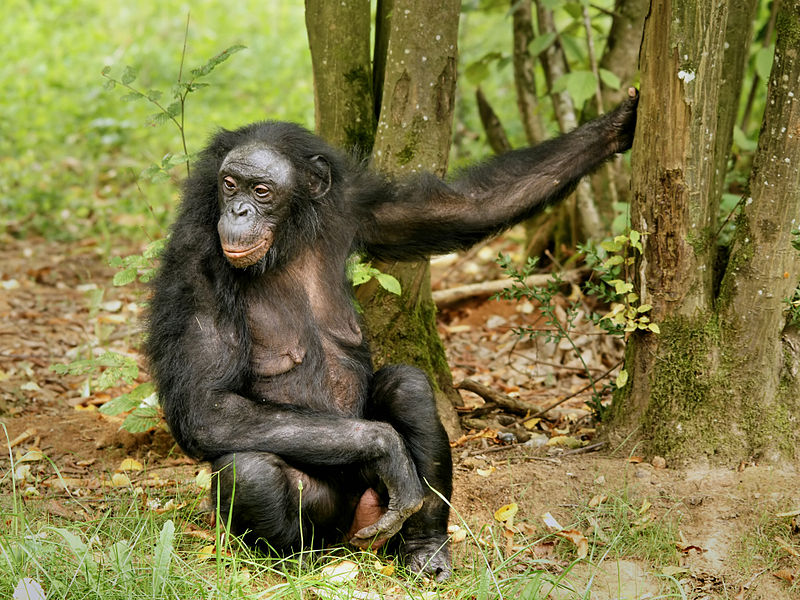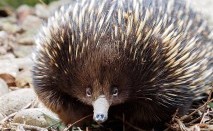
Category: Mammals

These endangered great apes are one of two species making up the genus Pan, the other being the common chimpanzee (Pan troglodytes). They are native to the Congo Basin in Central Africa and, unfortunately, political instability in this area has resulted in relatively few studies of the Bonobos in their natural habitat. Due to fossil evidence and genetic studies, some evolutionary biologists believe that Bonobos may be living examples of our distant ancestors. Bonobos are known for their matrilineal and relatively peaceful social structure.

A 200 Million Year-old Iconoclast
If a defining trait of mammals is that they give live birth to their young, how do you explain monotremes? Monotremes are mammals that lay eggs like a reptile, rather than giving birth to live young. Living examples of these unusual animals can only be found in Australia and New Guinea today, though they used to be more widespread. A monotreme egg has less yolk for supplying nutrients than a reptile egg, and when a young echidna or platypus hatches, it is very tiny and less developed than its reptile counterpart. But monotreme babies are able to grow and thrive because their mothers stay with them, lactating to supply vital nutrients for their growth - just like other mammals!
Learn more >>
 Discover Animals is a web-based educational resource offered by the NAIA
Discover Animals is a web-based educational resource offered by the NAIA